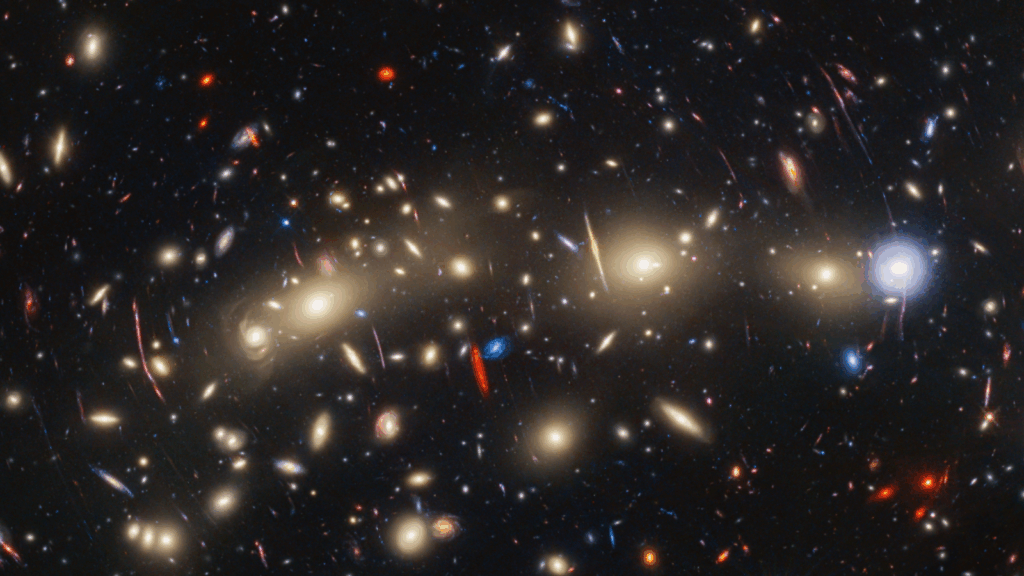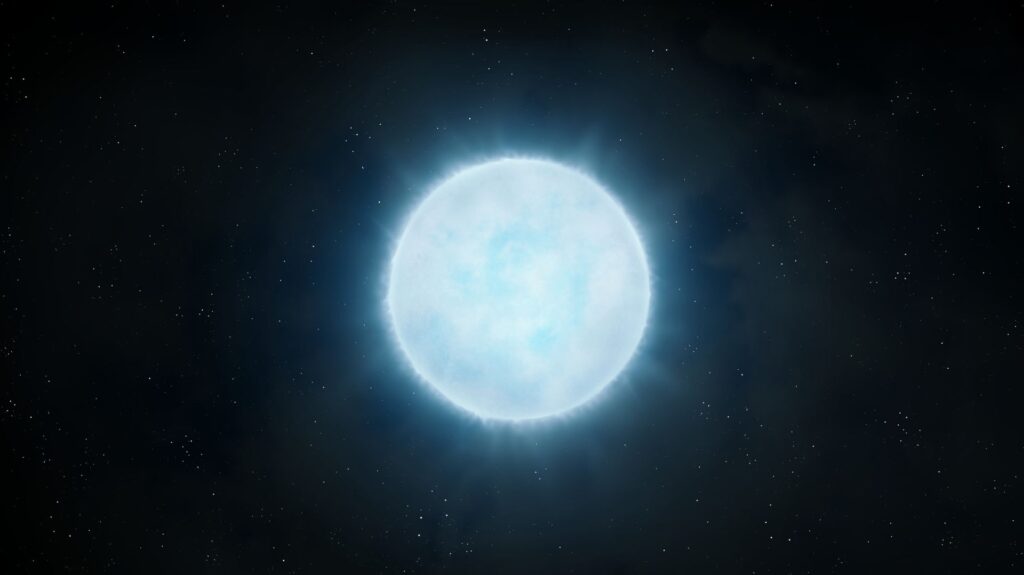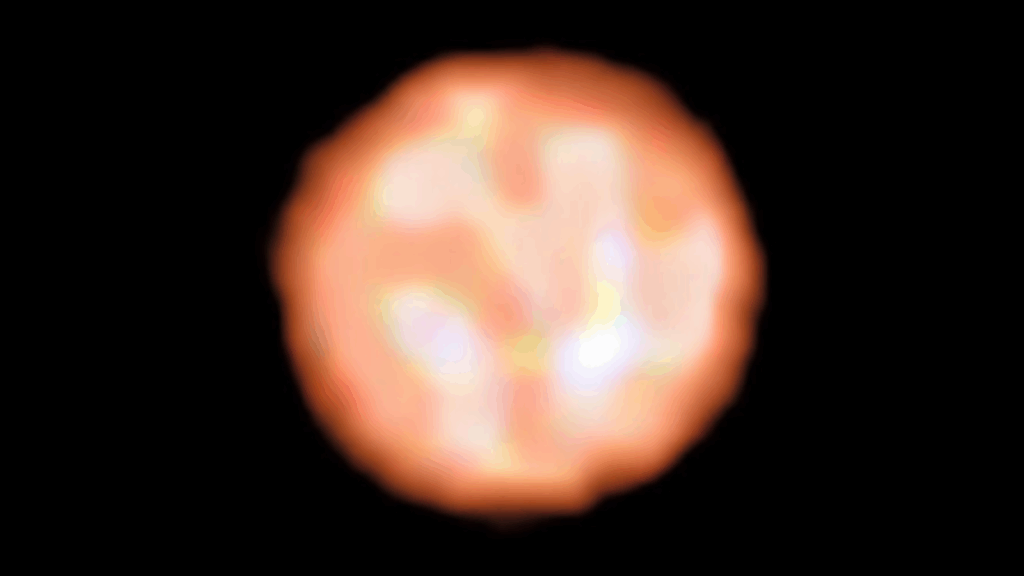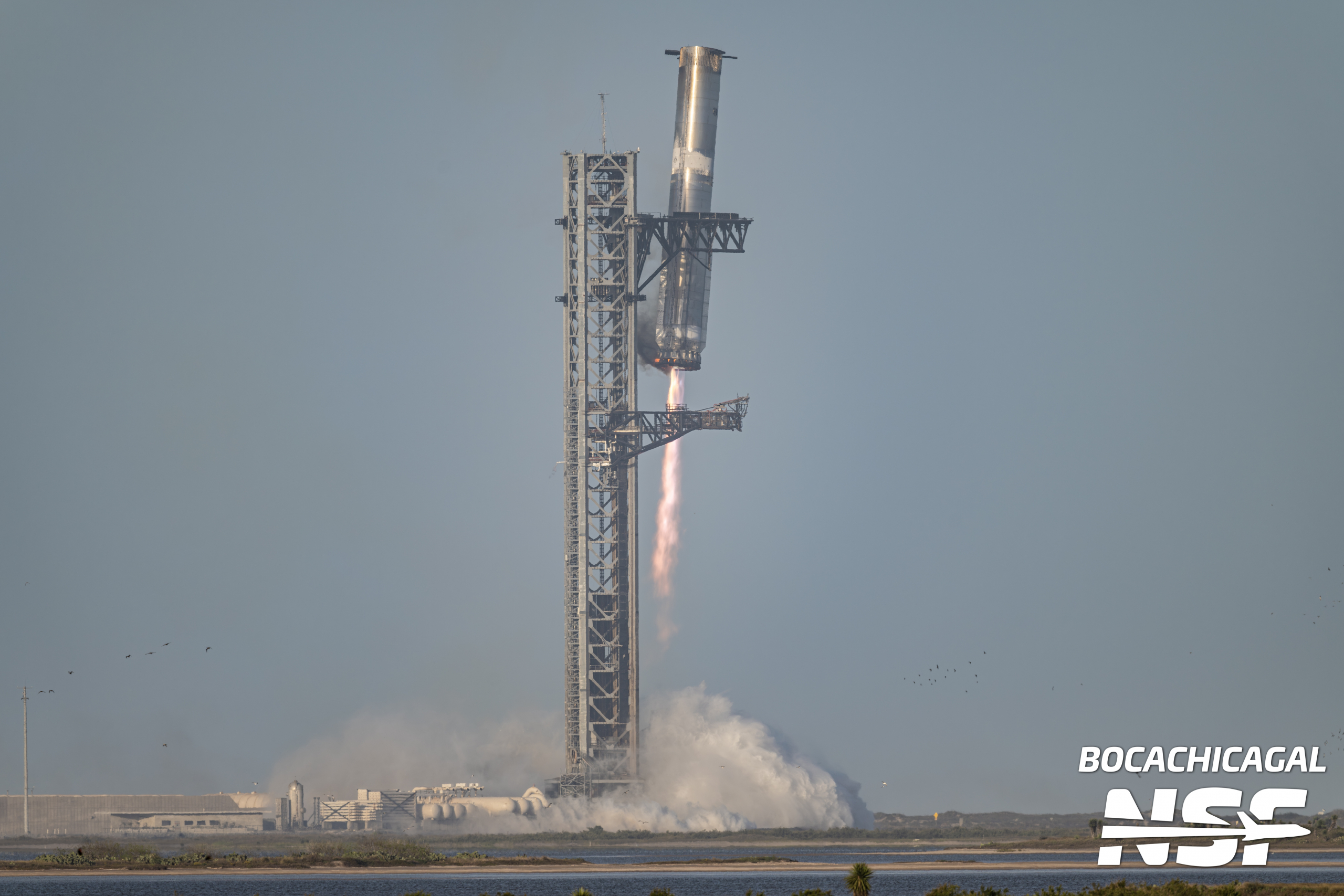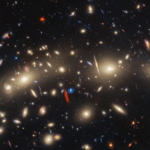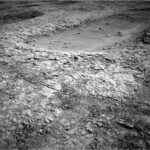Now Reading: Milky Way dazzles over Vera Rubin Observatory | Space photo of the day for Oct. 24, 2025
-
01
Milky Way dazzles over Vera Rubin Observatory | Space photo of the day for Oct. 24, 2025
Milky Way dazzles over Vera Rubin Observatory | Space photo of the day for Oct. 24, 2025
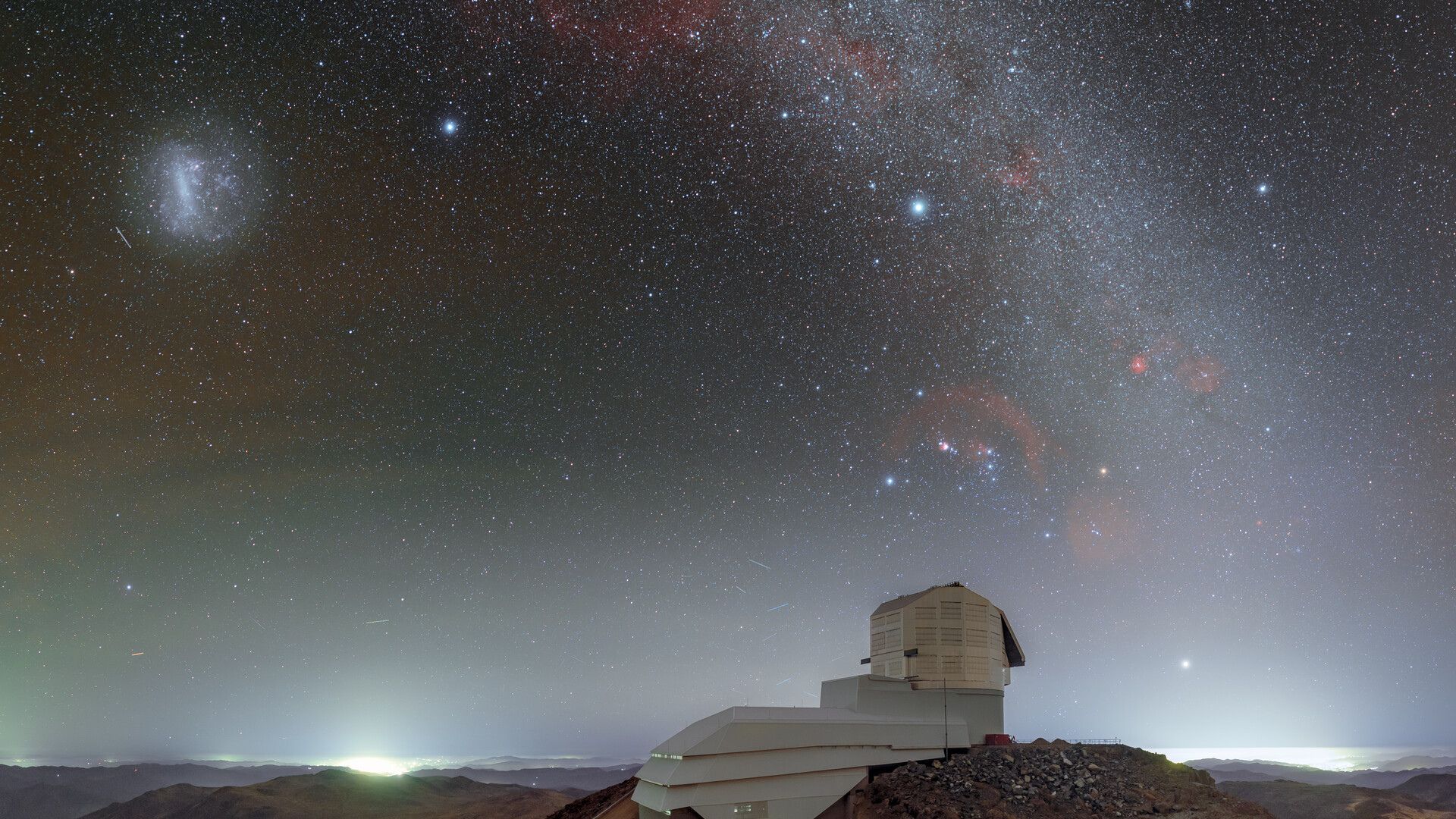
Named for the pioneering astrophysicist Vera C. Rubin, whose work confirmed the existence of dark matter, the Vera C. Rubin Observatory stands as one of the most ambitious ground-based telescopes ever built.
Rubin’s mission is to survey the entire southern sky every three nights, using its 8.4-meter Simonyi Survey Telescope and a record-breaking 3.2 gigapixel LSST Camera, the largest digital camera.
What is it?
This image captures the Rubin Observatory beneath a dazzling sweep of the southern Milky Way galaxy, with the Large Magellanic Cloud glowing softly to the left. The Milky Way’s arc above mirrors the vast field Rubin will soon observe in exquisite detail, night after night, as it builds the most comprehensive record of the changing night sky ever attempted.
Where is it?
The Rubin Observatory is located at the summit of Cerro Pachón in the Chilean Andes mountains.
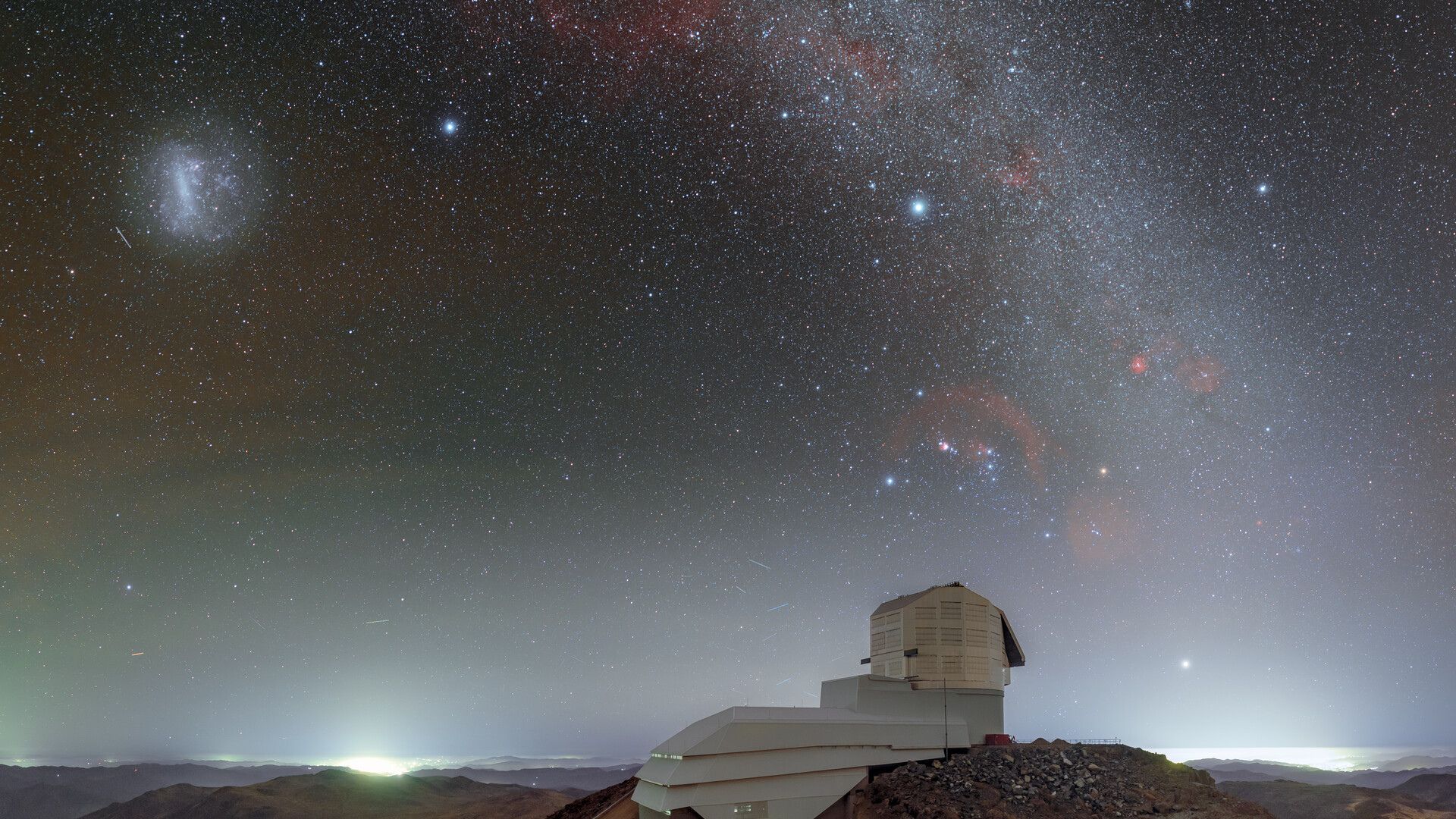
Why is it amazing?
Now that it’s fully operational, Rubin is embarking on a 10-year-long survey, known as the Legacy Survey of Space and Time (LSST), which will record the positions, brightness and motions of billions of celestial objects. The amount of data it will collect is so large that astronomers working at the observatory need an electronic ‘data butler’ to help manage the telecope’s images.
Using its camera, Rubin will detect up to 10 million transient changes in the sky every single night, from asteroids to supernovas.
Want to learn more?
You can learn more about the Vera C. Rubin Observatory and other ground-based telescopes.
Stay Informed With the Latest & Most Important News
-
 012024 in Review: Highlights from NASA in Silicon Valley
012024 in Review: Highlights from NASA in Silicon Valley -
 02Panasonic Leica Summilux DG 15mm f/1.7 ASPH review
02Panasonic Leica Summilux DG 15mm f/1.7 ASPH review -
 03How New NASA, India Earth Satellite NISAR Will See Earth
03How New NASA, India Earth Satellite NISAR Will See Earth -
 04And Thus Begins A New Year For Life On Earth
04And Thus Begins A New Year For Life On Earth -
 05Astronomy Activation Ambassadors: A New Era
05Astronomy Activation Ambassadors: A New Era -
06SpaceX launch surge helps set new global launch record in 2024
-
 07Space Force plans new ‘Futures Command’ amid pressure to speed up modernization
07Space Force plans new ‘Futures Command’ amid pressure to speed up modernization












